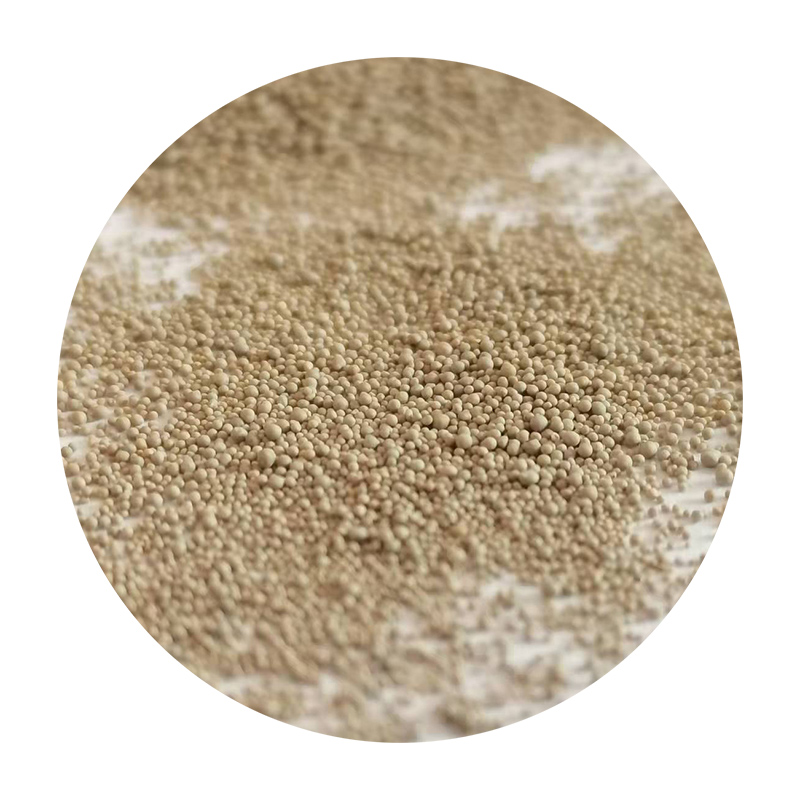What is Gold Sand?
Gold sand is a term that can evoke images of glistening shores and shimmering grains, but it has much deeper implications in various fields, such as geology, mining, and even art. In this article, we will explore the concept of gold sand, its formation, significance, and applications.
At its core, gold sand refers to sand that contains microscopic gold particles, often found in riverbeds or at the bottom of bodies of water. These gold particles are typically the result of natural weathering processes. Over time, erosion breaks larger gold nuggets into finer pieces, which then become mixed with sediments. As a result, gold sand can be found in areas where gold is present in the bedrock, particularly in regions known for gold mining.
What is Gold Sand?
The economic significance of gold sand cannot be understated. It has been a source of wealth for countless civilizations throughout history. The California Gold Rush of the mid-19th century, for instance, was largely driven by individuals seeking gold in riverbeds. This event not only changed the demographics of the region but also had lasting impacts on the economy and culture of the United States. Today, regions known for gold mining continue to attract prospectors and tourists alike, all eager to stake their claims or simply pan for a bit of gold as a recreational activity.
what is gold sand

In addition to its economic value, gold sand has captured the imagination of artists and craftspeople. The aesthetics of gold particles, especially when captured in the fine grains of sand, have inspired numerous art forms. From jewelry making to painting, artisans have found innovative ways to incorporate gold sand into their work, creating pieces that shimmer and dazzle. The combination of natural materials and artistry facilitates a unique expression that can evoke emotions and draw attention to the beauty of nature.
Moreover, the study of gold sand can provide valuable insights into geological processes and the history of an area. Geologists analyze placer deposits to understand past environmental conditions, gold transportation, and concentrations. By studying where and how gold sand has formed, scientists can glean information about tectonic activity, weather patterns, and even the movement of ancient water bodies.
However, it is important to consider the environmental implications of gold mining and the extraction of gold sand. Traditional mining practices can lead to habitat destruction, water pollution, and soil degradation. Sustainable mining practices are critical to minimizing the environmental impact while still allowing people to benefit from the resources that gold sand offers. Many organizations and regulations are aimed at promoting eco-friendly methods to ensure that the quest for gold does not come at the expense of nature.
In conclusion, gold sand is a fascinating and multifaceted topic that spans natural sciences, economics, and art. Its formation through natural processes and its significance to human history reveal much about our relationship with the earth and its resources. Whether through the thrill of gold panning, the allure of artistic expression, or the insights offered by geological studies, gold sand represents more than just a glittering material; it symbolizes a rich tapestry of nature and human endeavor. As we continue to explore and understand our world, gold sand remains a compelling topic that will inspire curiosity for generations to come.
Post time:Nov . 19, 2024 14:42
Next:Choosing the Right Sanding Techniques for Resin Projects
